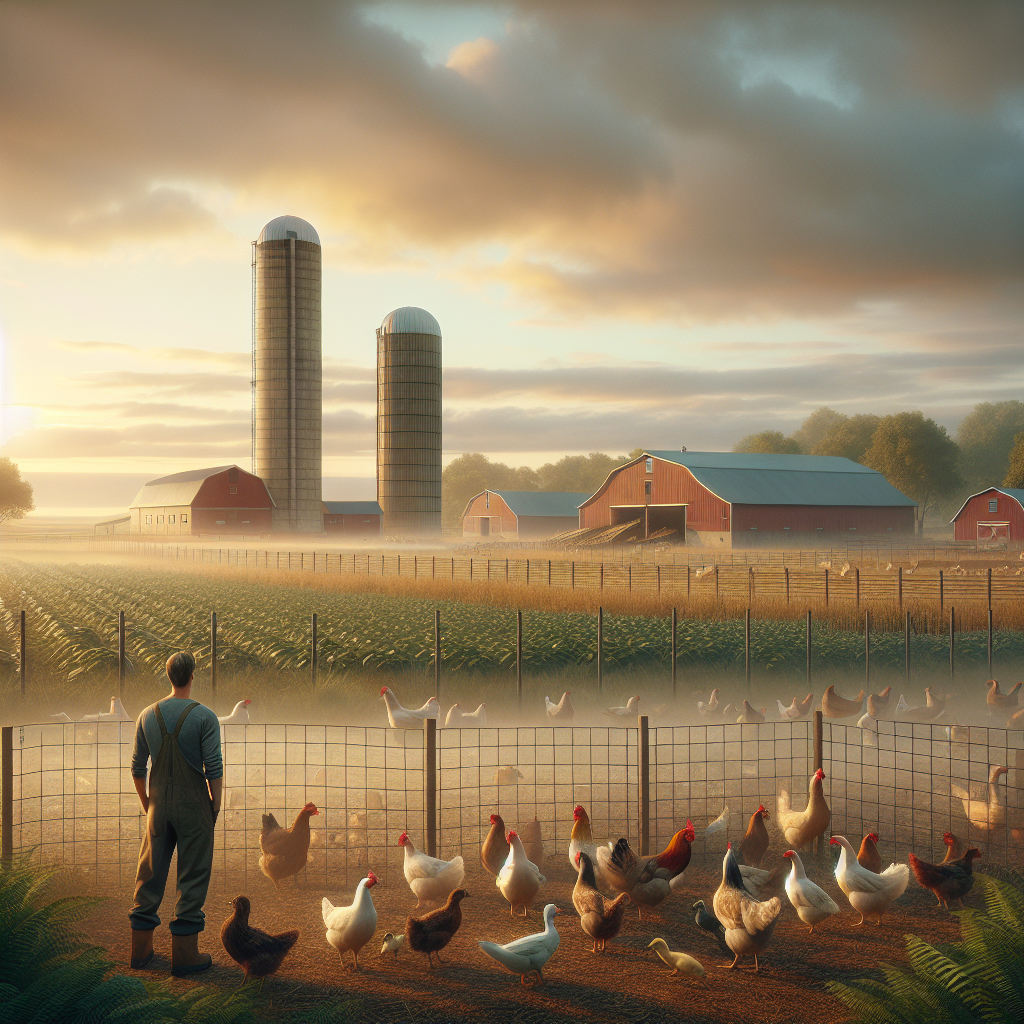
Avian Flu in America: A Political Problem and a Health Threat
Introduction to the Avian Flu Crisis
America is grappling with a multifaceted crisis that touches both political and health-related domains. The current situation with avian flu is not only affecting the nation’s health landscape but also incurring significant economic costs, with common household items like eggs becoming alarmingly expensive. For instance, a visit to the ordinarily resilient Waffle House on February 3rd revealed a 50-cent surcharge per egg, a measure taken in response to the soaring costs linked to avian flu.
The Financial Impact: Expensive Omelettes and Beyond
The economic implications of avian flu extend far beyond the breakfast table. According to recent statistics, the average cost of a dozen eggs has surged to over $7, marking a staggering 140% increase from the previous year. Despite such high prices, supermarkets are facing shortages, leading to empty shelves and consumer frustrations.

This financial burden raises concerns not only for consumers but also for policymakers who must address the situation’s broader economic implications. The rising prices are fueling debates over how best to support industries and consumers affected by the outbreak.
Understanding Avian Flu: A Health Threat
The H5N1 strain of avian flu poses a dire threat, raising alarms about its potential to cause a human pandemic. While primarily a virus affecting birds, there is mounting concern about cross-species transmission. Experts warn that proactive measures are crucial to minimizing risks to human health.
- Current Spread: Avian flu has already affected several states across the U.S., prompting quarantine measures and massive poultry culls.
- Health Implications: The flu has the potential to mutate, leading to possible severe outbreaks in humans. Monitoring and containment measures are critical.
Policy and Political Repercussions
The current avian flu situation is prompting political discourse and policy considerations. Leaders are being pushed to take decisive action to manage the crisis effectively. Some of the key areas of focus include:
- Federal Response: Government agencies are being urged to implement robust response protocols to contain outbreaks and support the poultry industry.
- Political Tensions: Debates around food security and public health options spark political tension and differing opinions among policymakers.
The CDC and other health organizations are working tirelessly to provide guidelines and support for affected areas. Public information campaigns aim to educate citizens on the signs of avian flu and precautionary measures.
Impact on Consumers and the Agricultural Sector
As the avian flu outbreak continues, its repercussions are deeply felt in both consumer markets and the agricultural sector. Industries related to poultry production are experiencing shifts, necessitating swift adaptation and innovation to overcome the challenges posed by the flu. This sector’s health is essential for sustaining the food supply chain, which directly impacts consumer access to affordable eggs and other poultry products.
Consumer Behavior Changes
The rising costs and limited availability of everyday staples like eggs are pushing consumers to alter their shopping habits, looking for alternatives or substitutes. How successfully the industry adapts will influence long-term consumer behavior trends.
Industry Adjustments
To counteract production losses, the poultry industry is exploring:
- Enhanced Biosecurity Measures: Implementing stricter biosecurity practices to prevent further infection spread.
- Innovation in Production: Exploring alternative practices and technologies to maintain production levels in challenging conditions.
Conclusion: Navigating the Avian Flu Challenge
As avian flu continues to shape America’s political, economic, and health environments, government, industry, and consumer actions will play crucial roles in determining the course and eventual resolution of this crisis. The efforts towards adapting and mitigating challenges are vital for ensuring future food security and public well-being. Staying informed and prepared remains the key strategy in managing the multifaceted challenges posed by avian flu.
Sources: https://www.economist.com/united-states/2025/02/10/avian-flu-in-america-is-a-political-problem-and-a-health-threat

